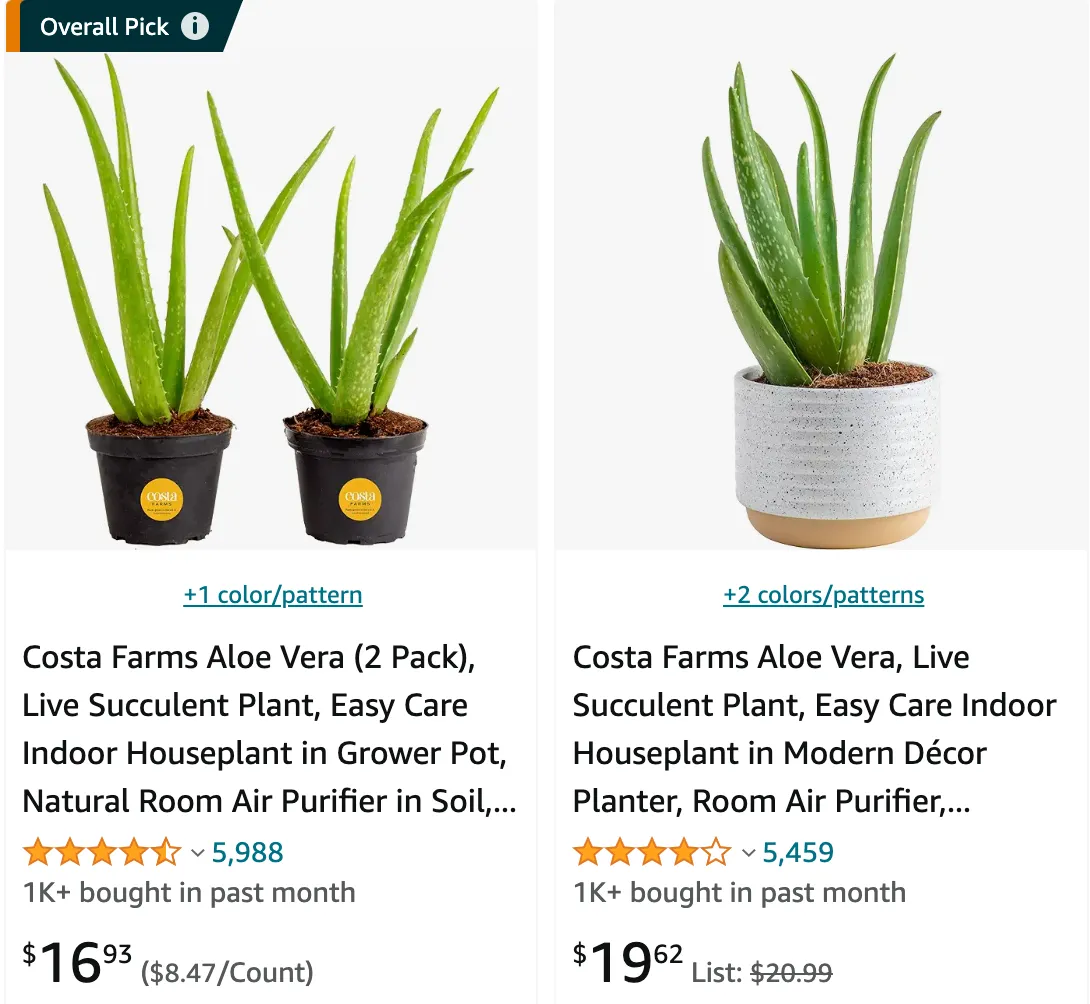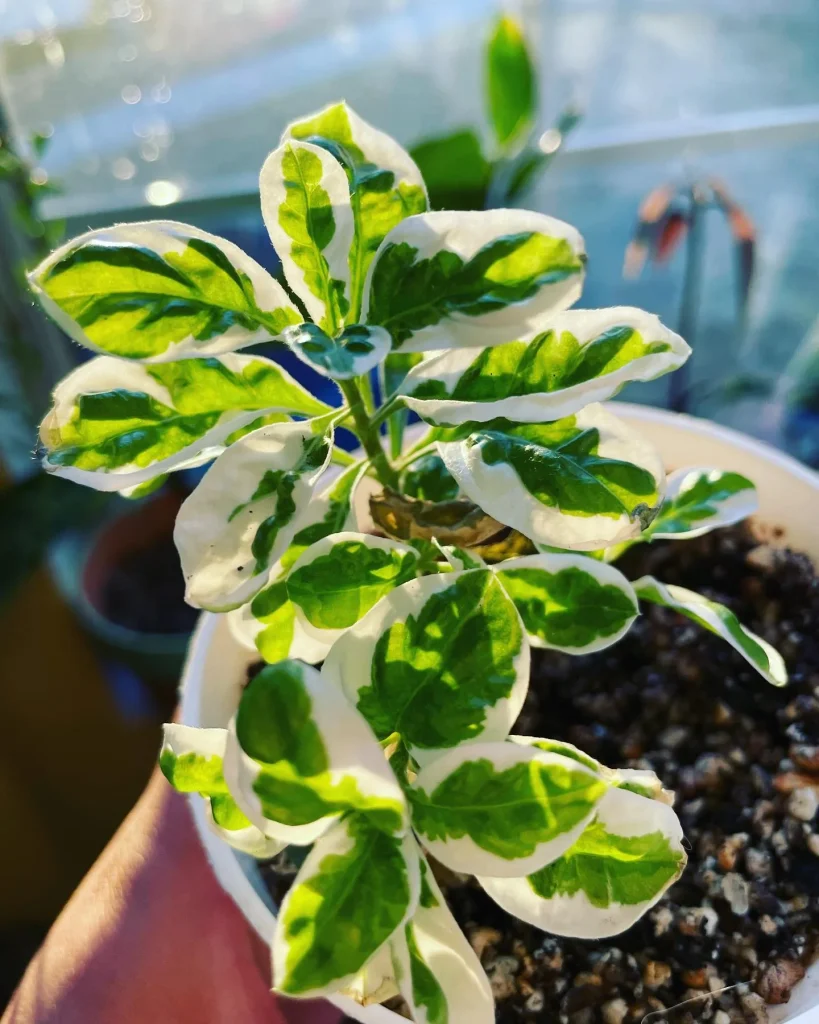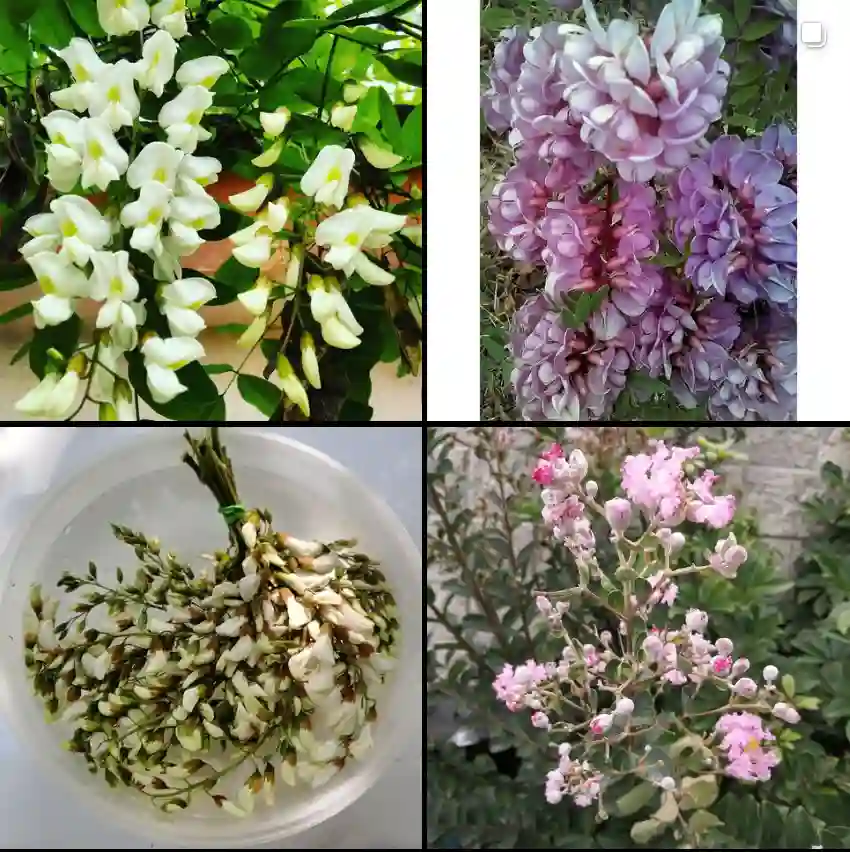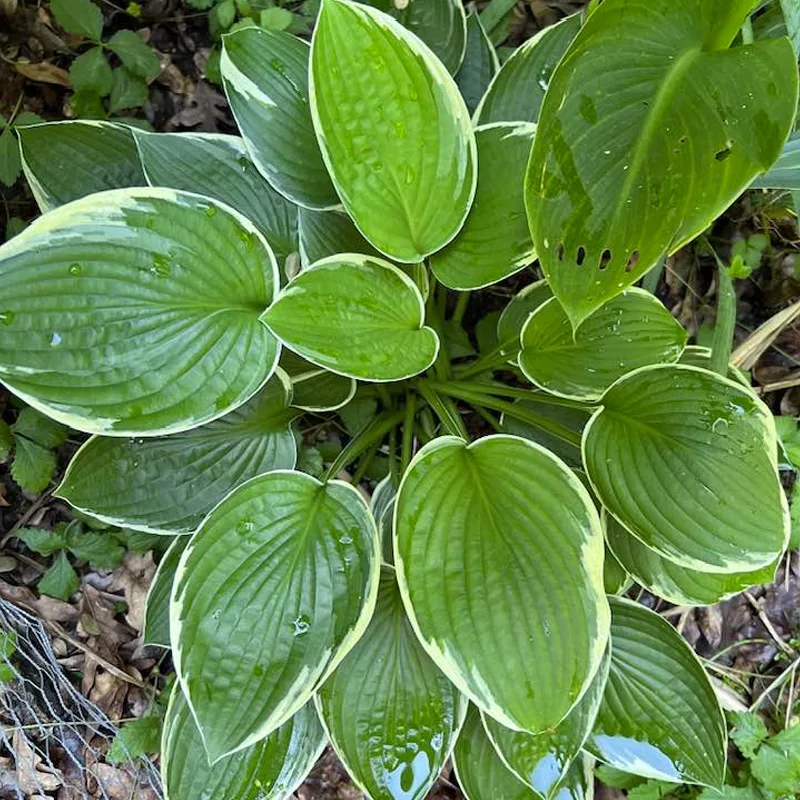
Aloe Vera Plant: Nature’s Gift to Wellness
Aloe Vera, a succulent plant of the genus Aloe, has intrigued me for years. The name itself, derived from the Arabic word “alloeh”, meaning “bitter and shiny substance”, hints at the plant’s multifaceted nature. This evergreen perennial, originally from the Arabian Peninsula, has found its way into my life, not just as a decorative houseplant but as a companion on my journey to discover the myriad benefits hidden within its fleshy leaves.
605 Species in Genus Aloe
Aloe Vera’s Global Odyssey
From Arabia to Everywhere: Aloe Vera’s Global Journey
While Aloe Vera’s native home is the southeast Arabian Peninsula, its widespread cultivation and naturalization have turned it into a global citizen. From North Africa to Spain, Portugal, and even as far as China, Aloe Vera has conquered diverse landscapes. Its introduction to China and parts of southern Europe in the 17th century marked the beginning of its worldwide odyssey, potentially influenced by human cultivation.
Aloe Vera as an Agricultural Marvel
Beyond its role as a decorative houseplant, Aloe Vera has found a place in large-scale agricultural production. Countries like Australia, Cuba, Mexico, and the United States contribute significantly to the plant’s cultivation. The sheer volume of Aloe Vera output, primarily directed towards the cosmetics industry, underscores its economic importance on a global scale.
FAQs
Aloe Vera vs Agave
In my garden, Aloe Vera’s soothing gel has been a go-to for sunburns, while Agave‘s spiky appearance has never failed to catch my eye, though I haven’t used Agave for its medicinal properties.
Aloe Vera vs Aloe Ferox
I’ve found Aloe Vera’s gel to be more versatile for skincare, while Aloe Ferox, with its larger leaves and potent sap, is impressive but too intense for my everyday use.
Aloe Vera vs Aloe Maculata
Aloe Vera’s gentle, cooling gel works wonders on my skin, whereas Aloe Maculata, though attractive with its spotted leaves, hasn’t proven as practical in my skincare routine.
Aloe Vera vs Aquaphor
Aloe Vera’s natural gel provides a refreshing feel for minor burns, while Aquaphor has been my reliable choice for heavy-duty moisture, especially in the winter months.
Aloe Vera vs Barbadensis
Although Barbadensis is another name for Aloe Vera, I find that the plants I’ve grown under different names seem to have the same soothing benefits, making the name distinction less noticeable in my experience.
Aloe Vera vs Glycerin
Glycerin is my go-to for adding moisture to my homemade lotions, but Aloe Vera’s natural gel always wins when it comes to soothing and healing minor skin irritations.
Aloe Vera vs Snake Plant
While Aloe Vera’s gel is perfect for treating minor burns, the Snake Plant has been a low-maintenance favorite for purifying my indoor air without requiring much attention.
Aloe Vera vs Witch Hazel
For quick skin relief, Aloe Vera’s gel is my first choice, but Witch Hazel has become my staple for reducing redness and irritation, especially during allergy season.
Is aloe vera good for your face?
As someone deeply invested in skincare, my exploration of Aloe Vera’s benefits took me on a journey of rejuvenation. The gel’s antioxidant and antibacterial properties became apparent in its ability to treat skin injuries and accelerate wound healing. Personal anecdotes merged with scientific findings, reinforcing Aloe Vera’s place in the realm of skincare.
Can you eat Aloe Vera?
Aloe vera juice, derived from the succulent leaves of the Aloe Vera plant, has gained popularity for its potential health benefits and versatile uses. Known for its soothing and moisturizing properties, aloe vera has been traditionally used for centuries to treat skin conditions and promote healing. Aloe vera juice is rich in antioxidants, vitamins, and minerals, making it a popular choice for those seeking a natural remedy to support overall well-being. Many people consume aloe vera juice for its potential digestive benefits, as it may help soothe and calm the digestive system. Additionally, its mild, refreshing taste makes it a popular ingredient in various beverages and smoothies. While aloe vera juice is generally considered safe for consumption, it’s essential to choose a high-quality, pure product to reap the full potential of its health-promoting properties.
How to care for Aloe Vera?
Caring for Aloe Vera extends beyond planting and propagation. As a plant enthusiast, I uncovered the nuances of nurturing Aloe Vera to ensure its optimal growth. From repotting strategies to understanding its dormant phases, my holistic approach to caring for Aloe Vera offers a comprehensive guide for plant enthusiasts.
Does aloe vera gel expire?
Yes, aloe vera gel does expire, whether it’s store-bought or freshly extracted from a plant. I learned this lesson the hard way a few years back! I had a gorgeous aloe plant and decided to harvest some gel. I wasn’t using it often enough and forgot it was tucked away in the back of my fridge. Months later, when I found it again, it was definitely off – slightly discolored and smelling a bit sour. Store-bought aloe vera gel will have an expiration date on the bottle, but even homemade gel has a relatively short shelf life – so keep an eye out for any changes in consistency, color, or smell.
How often to water aloe vera plant?
I don’t have a strict watering schedule for my aloe vera – it’s more of a “feel” than a science for me. I poke my finger into the soil a few inches deep; if it feels dry all the way down, only then do I give it a thorough soak. Sometimes this can be every week or so in the heat of summer, but in the winter it can easily go a whole month before the soil feels truly dry. Overwatering has been the downfall of more than one of my aloe plants! Remember, these desert dwellers are used to handling some drought.
Can you use aloe vera as lube?
While I’ve never personally used aloe vera as lube, I understand that, if you use 100% pure aloe gel, it can be an option. I’m a bit of a stickler for using actual lubricants designed for the task – they’ve got ingredients that make things feel just right and are tested for safety down there. Aloe vera can be soothing, but I also know it can get a bit sticky after it dries, which might not be ideal. However, if you’re in a pinch and curious to try it, making sure the aloe is pure is key! Avoid store-bought gels with added ingredients.
How to repot aloe vera?
Repotting my aloe vera is always a fun, slightly messy project! I’ve learned that the best time is when the plant is overcrowded in its pot or I see roots poking through the drainage holes. I wait until the soil is pretty dry, then gently coax the aloe out of its old pot. I break away the excess soil, separate some of the “pups” (the baby aloe plants) if I want to propagate, and get a new, slightly bigger pot ready with some well-draining cactus or succulent soil mix. Then, I nestle my aloe in its new home, fill in around it with soil, and give it a light watering. That’s all there is to it!
Is aloe vera a cactus?
While aloe vera definitely looks like a cactus with its fleshy leaves and spiky edges, it’s actually not! It’s a succulent, which means it has those water-storing adaptations like a cactus, but they’re from different plant families altogether. I used to think they were in the same category, but a bit of research showed me just how big the world of succulents really is! Aloe vera’s closer relatives would be things like lilies and asparagus.
How to use aloe vera gel on face at night?
I love using aloe vera gel on my face at night, especially after a sunny day! I keep a tub of store-bought gel in my fridge for that extra cooling sensation. After cleansing and toning, I’ll slather on a generous layer of the aloe vera, avoiding the eye area, and just let it sink in. Sometimes it acts as my final moisturizer, and other times, if my skin is feeling extra parched, I’ll top it off with a richer cream. The aloe vera feels so soothing, and I swear I wake up with my skin looking plumper and less irritated.
Can you use aloe vera as a lubricant?
While 100% pure aloe vera gel can theoretically be used as a lubricant, I wouldn’t personally recommend it as a go-to choice. Aloe’s natural properties and pH level make it unlikely to cause irritation, but there are a few things that make me hesitant. It can get quite sticky as it dries, which isn’t ideal for intimacy. Plus, pure aloe doesn’t have the same glide and staying power as purpose-made lubricants. If you’re in a pinch, it might work, but for the best experience, I’d stick with lubricants specifically designed for the task.
Can you use aloe vera on dogs?
You can absolutely use aloe vera on dogs, but with a couple of caveats. It’s great for soothing minor skin irritations, little scrapes, or itchy bug bites. I always keep a bottle of pure aloe gel handy for my pup. The key is to make sure it’s pure gel – avoid any products with added ingredients. However, the big thing is to prevent your dog from licking it off! Aloe vera taken internally can cause digestive upset. I usually apply it and then try to distract my dog for a bit until it absorbs a little, just to be safe.
Does aloe vera bloom?
Yes, aloe vera does bloom! I used to think they were strictly foliage plants, but a few years ago, my mature aloe plant surprised me with a tall stalk right out of its center that burst with bright orange flowers. It was an absolute treat! They bloom best when they’re happy with lots of sunlight and are mature enough, which usually takes a few years. Seeing my aloe in bloom made me appreciate it in a whole new way.
Does aloe vera clog pores?
Nope, aloe vera actually doesn’t clog pores! Its light, gel-like texture absorbs quickly into the skin and it’s considered non-comedogenic. I used to be a little wary of using it on my face because I was worried about breakouts, but it’s become one of my go-to soothing ingredients. It’s especially nice after a little too much sun or if my skin feels irritated. Sometimes it’s even moisturizing enough to replace my regular moisturizer.
Does aloe vera help with mosquito bites?
Aloe vera is my secret weapon for mosquito bites! The second I feel that telltale itch, I grab my trusty bottle of aloe vera gel from the fridge. That cooling sensation alone gives some relief, but the aloe’s anti-inflammatory properties really help bring down the swelling and take the edge off that relentless itch. It might not make the bite disappear completely, but it definitely makes dealing with mosquito season a bit more bearable.
Does aloe vera juice make your pee pee bigger?
Honestly, the idea that aloe vera juice can make your “pee pee” bigger is a bit of a myth. There’s no scientific evidence to support that. I’ve seen the claim online, but it’s important to remember that a lot of information out there isn’t backed up by research. While aloe vera has some wonderful health benefits for skin and digestion, affecting the size of any body part isn’t one of them.
How to trim aloe vera?
Trimming my aloe vera is something I do regularly to keep it looking tidy and healthy. I usually do a mix of cosmetic trimming and harvesting for the gel. For cosmetic trimming, I look for any leaves that have brown, dry tips and simply snip those tips off with a clean pair of scissors. When I want to harvest gel, I choose a big, healthy-looking outer leaf, cut it off cleanly at the base with a sharp knife, and then carefully process it to extract the gel. It’s a win-win: the plant looks better, and I get to use that amazing, soothing aloe!
What happens if you drink aloe vera while pregnant?
I wouldn’t recommend drinking aloe vera juice while pregnant. I know it’s sometimes touted as a natural remedy for all sorts of things, but when it comes to pregnancy, it’s best to err on the side of caution. There isn’t a lot of research on its safety for expecting moms, and some sources even suggest it could trigger uterine contractions or worse. My doctor always advises caution with herbal remedies during pregnancy, so I stick with tried-and-true prenatal vitamins and plenty of water to stay safe and hydrated.
What happens if you use expired aloe vera gel?
Using expired aloe vera gel isn’t usually dangerous, but it’s definitely not ideal. I learned this the hard way when I found a forgotten bottle in the back of my fridge. Expired aloe can lose its effectiveness, meaning you won’t get the same soothing or hydrating benefits. Sometimes it just loses potency, but it can also develop an off smell or change in color, indicating bacterial or mold growth. While a little on your skin probably won’t cause much harm, it’s always better to use fresh aloe vera for the best results and to avoid any potential irritation.
How to cut aloe vera plant without killing it?
I love harvesting aloe vera gel from my plant, but I always want to make sure I do it without harming the plant itself. The key is to take it slow and use clean, sharp tools. I usually find a nice, healthy outer leaf that looks nice and plump. Then, with a sharp knife, I cut as close to the base of the plant as possible. It’s really important not to just rip the leaf off, as this can damage the plant. Sometimes, I’ll also trim off any dried-up or damaged leaves while I’m at it, helping the plant focus its energy on healthy growth.
How to use aloe vera on private parts?
I get why people are curious about using aloe vera on their private parts – it’s so soothing for other skin irritations! However, I’d generally advise a little caution here. Our intimate areas are particularly sensitive, and while aloe vera generally isn’t harmful, there are a few things to keep in mind:
Pure Aloe: If you decide to try it, make sure it’s 100% pure aloe vera gel, either freshly extracted or from a reputable brand. Store-bought gels often contain additives that could be irritating.
Patch Test: Everyone’s skin is different. Always do a patch test on a less sensitive area first to make sure you won’t react.
External Use Only: Don’t apply aloe vera internally in your vagina. Your body does a great job of maintaining its own delicate balance.
Not a Cure-All: If you have any itching, burning, or unusual discharge, don’t use aloe vera as a substitute for seeing a doctor.
Is aloe vera good for tattoos?
Yes, aloe vera can be a great addition to your tattoo aftercare routine! I’ve used it on my own tattoos and found it really makes a difference. Its natural anti-inflammatory properties help calm that initial irritation and redness, and it’s super moisturizing without being greasy. The cooling sensation of aloe vera gel straight from the fridge feels amazing on a fresh tattoo! While it can’t replace your specialized aftercare products, it’s definitely a worthwhile addition.
Is aloe vera anti fungal?
Yes, aloe vera does seem to have some antifungal properties. I was curious about this myself after dealing with a stubborn fungal skin infection! Several studies point to the potential of aloe vera to inhibit the growth of certain types of fungi. While it’s not a miracle cure for every fungal issue, I’ve found it can be helpful for milder cases, like athlete’s foot. If you’re dealing with a fungal infection, it’s always a good idea to check with a doctor for an accurate diagnosis and the best treatment plan.
What does aloe vera smell like?
Pure, fresh aloe vera gel actually has a very mild scent. It’s slightly green and earthy, some people even find a faint hint of cucumber. It’s nowhere near as strong or noticeable as those store-bought aloe vera gels with lots of added fragrance. If you ever get a chance to slice open a fresh aloe leaf, you’ll get the pure experience of what it actually smells like!
Can aloe vera whiten skin?
Aloe vera has properties that might help brighten skin tone, but it’s not a guaranteed skin whitener.
Can you freeze aloe vera leaves?
Yes, you absolutely can freeze aloe vera leaves! I find it’s a great way to preserve them if I have more than I can use fresh.
Can you put aloe vera on your vag?
I would generally advise against putting aloe vera gel inside your vagina. Here’s why:
Disrupts Natural Balance: Your vagina is a self-cleaning ecosystem with a delicate pH balance. Introducing anything, even natural substances like aloe vera gel, can disrupt that balance and potentially lead to irritation or infections.
Not a Lubricant: Aloe vera gel can get sticky when it dries, which is not ideal for internal use during intimacy.
Underlying Issues: If you’re experiencing any vaginal itching, dryness, or unusual discharge, aloe vera isn’t a solution. See a doctor to identify the cause and get proper treatment.
Does aloe vera help sexually?
Aloe vera has some properties that might be indirectly helpful sexually, but it’s not a magic bullet.
What soil to use for aloe vera?
The best soil for aloe vera is one that drains super well! These desert plants hate sitting in soggy soil, so a mix specifically formulated for cacti and succulents is perfect. You can find these at most garden centers.
Aloe Vera’s Enduring Allure
A Botanical Companion: Aloe Vera’s Timeless Allure
In conclusion, my journey into the marvels of Aloe Vera has been a tapestry of exploration, discovery, and appreciation. From its rich botanical history to its versatile applications in skincare, health, and beyond, Aloe Vera has proven to be a fascinating companion on my quest for holistic well-being.
As I continue to navigate the realms of Aloe Vera care, wellness, and botanical wonders, Aloe Vera stands as a testament to nature’s timeless allure. Its enduring presence in various aspects of our lives, from personal care rituals to agricultural landscapes, reinforces the notion that, indeed, nature holds the key to a harmonious and healthy existence.
So, let the journey into the marvels of Aloe Vera continue, an exploration that intertwines the threads of science, nature, and personal experience, weaving a narrative that celebrates the boundless wonders of this extraordinary plant.
If i die, water my plants!



